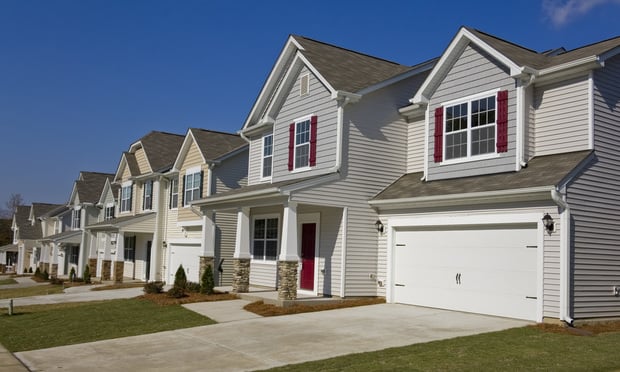CHICAGO—The stock market recently suffered two of its largest point declines in history, a volatility that certainly caught the attention of everyone in commercial real estate. Many have been on the lookout for any sign or occurrence that the long but steady recovery has come to an end. However, the market was also quite volatile during 2016, and the economy sailed through that turmoil unscathed.
“In many ways, we are back in 2016 territory,” Revathi Greenwood, head of research for the Americas at Cushman & Wakefield, tells GlobeSt.com. And just as in 2016, we are seeing a wildly swinging market paired with a strong economy.
Greenwood points to data from Thomson Reuters, which show 294 S&P 500 companies have reported fourth quarter figures to date, and 77.9% have reported earnings and 80.1% have reported revenue above analyst expectations. In addition, the economy has created jobs at a relatively good pace and consumer confidence remains high. “The fundamentals are really quite strong these days.”
Recommended For You
Want to continue reading?
Become a Free ALM Digital Reader.
Once you are an ALM Digital Member, you’ll receive:
- Breaking commercial real estate news and analysis, on-site and via our newsletters and custom alerts
- Educational webcasts, white papers, and ebooks from industry thought leaders
- Critical coverage of the property casualty insurance and financial advisory markets on our other ALM sites, PropertyCasualty360 and ThinkAdvisor
Already have an account? Sign In Now
*May exclude premium content© 2025 ALM Global, LLC, All Rights Reserved. Request academic re-use from www.copyright.com. All other uses, submit a request to [email protected]. For more information visit Asset & Logo Licensing.









